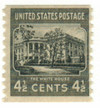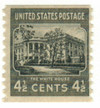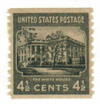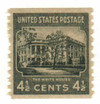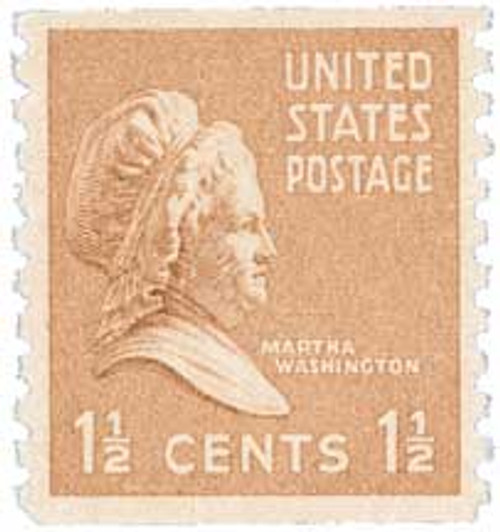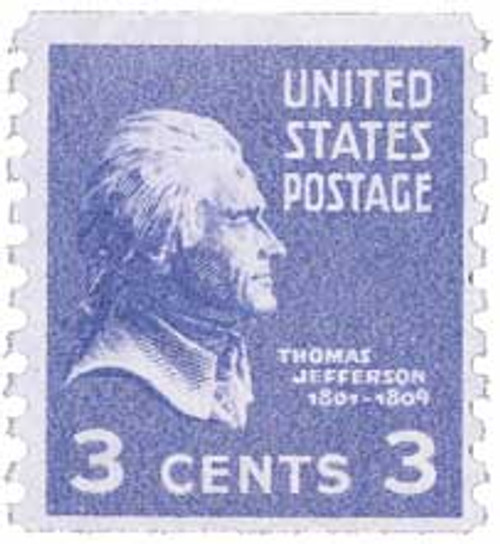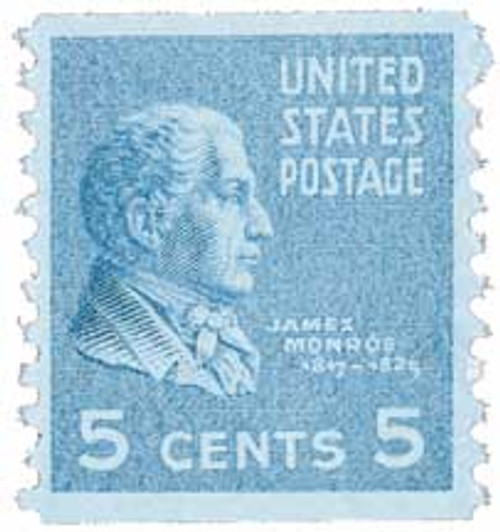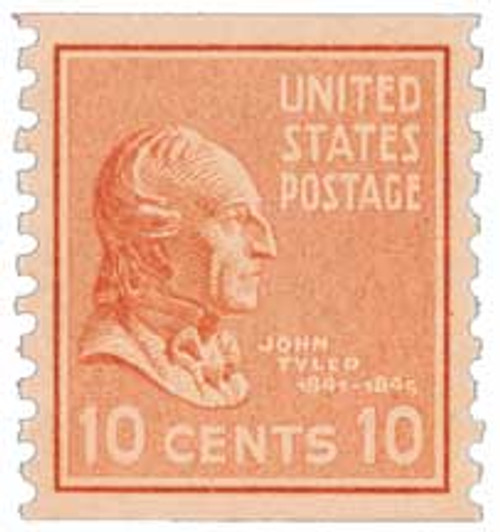
# 844 - 1939 4 1/2c White House, dark gray
4 ½¢ White House
1939 Presidential Series
Rotary Coil
First City: Washington, D.C.
Quantity Issued: 16,235,000
Printed by: Bureau of Engraving and Printing
Printing Method: Rotary Press
Perforation: 10 vertically
Color: Dark gray
President for a Day?
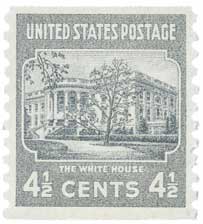
On March 4, 1849, was David Atchison president of the United States for 24 hours? As president pro-tempore of the Senate, he was arguably the highest-ranking US official…
George Washington’s first inauguration was held on April 30, 1789. Over the next 50-plus years, nearly every president elected to office was inaugurated on March 4. In 1849, March 4 was a Sunday, and incoming President Zachary Taylor didn’t want to hold his inauguration on the Christian Sabbath. Outgoing President James K. Polk signed the final legislation of his term at 6:30 a.m. on March 4, noting in his diary, “Thus closed my official term as president.” His term actually ended at noon.
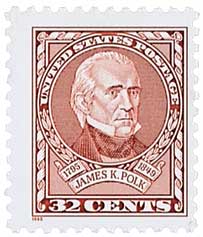
So between noon on March 4 and noon on March 5, who was president? Some politicians of the day claimed it was David Atchison, a democrat from Missouri. Atchison was popular in the Senate, and was elected president pro tempore 13 times. The president pro tempore is the second-highest ranking official in the US Senate, after the vice president, who is the president of the Senate. The president pro tempore presides over the Senate when the vice president doesn’t attend.
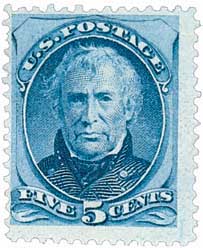
Under the Presidential Succession Act of 1792, the Senate president pro tempore was next in line after the vice president in the line of succession. Since Polk and his vice president ended their terms at noon on March 4, many of Atchison’s friends claimed he was the nation’s highest-ranking official, and president for a day.
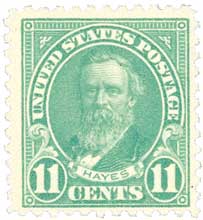
However, historians disagree. In fact, Atchison’s term as president pro tempore had ended at noon on March 4 as well. The position wouldn’t be filled until the Senate held a special session on March 5, so that seat was vacant as well. Plus, Atchison was never sworn-in as president. So, who was president during those 24 hours? Historians consider it to have been in-coming president Zachary Taylor, arguing that he only needed to take the oath of office to carry out his duties. But he was effectively president from the time Polk’s term ended on March 4.
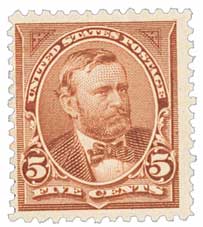
But at the time, some people considered Atchison to have been president for the day. The Alexandria Gazette reported he “was on Sunday, by virtue of his office, President of the United States – for one day!” Atchison himself didn’t consider himself president, but was amused by the discussion. Having several late night Senate sessions in the previous days, he said he might have slept through his “term” if his friends hadn’t woken him up to congratulate him and request jobs for their friends. Atchison later recalled that, “It was then canvassed among Senators whether there was an interregnum (a time during which a country lacks a government). It was plain that there was either an interregnum or I was the President of the United States being chairman of the Senate, having succeeded Judge Mangum of North Carolina. The judge waked me up at 3 o’clock in the morning and said jocularly that as I was President of the United States he wanted me to appoint him as secretary of state. I made no pretense to the office, but if I was entitled in it I had one boast to make, that not a woman or a child shed a tear on account of my removing any one from office during my incumbency of the place. A great many such questions are liable to arise under our form of government.” Atchison also joked that his presidency was “the honestest administration this country ever had.”
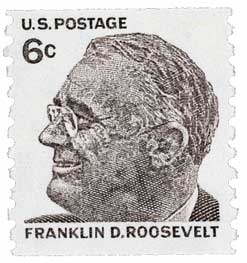
Despite his own stance that he hadn’t really been president, the story continued to spread and was embellished over the years. By the early 1900s, Atchison’s biographies stated he had served as president and even signed one or two official papers.
When inauguration day fell on a Sunday again in 1877, incoming President Rutherford B. Hayes took his oath of office in private on March 3, with his public inauguration ceremony on March 5. This of course raises the question – did we have two presidents – Hayes and Ulysses S. Grant – from March 3 to March 4? Since that time, in most occasions when inauguration day has fallen on a Sunday, the incoming presidents have taken their oaths in private on Sunday and then in a large public ceremony the following day.
4 ½¢ White House
1939 Presidential Series
Rotary Coil
First City: Washington, D.C.
Quantity Issued: 16,235,000
Printed by: Bureau of Engraving and Printing
Printing Method: Rotary Press
Perforation: 10 vertically
Color: Dark gray
President for a Day?

On March 4, 1849, was David Atchison president of the United States for 24 hours? As president pro-tempore of the Senate, he was arguably the highest-ranking US official…
George Washington’s first inauguration was held on April 30, 1789. Over the next 50-plus years, nearly every president elected to office was inaugurated on March 4. In 1849, March 4 was a Sunday, and incoming President Zachary Taylor didn’t want to hold his inauguration on the Christian Sabbath. Outgoing President James K. Polk signed the final legislation of his term at 6:30 a.m. on March 4, noting in his diary, “Thus closed my official term as president.” His term actually ended at noon.

So between noon on March 4 and noon on March 5, who was president? Some politicians of the day claimed it was David Atchison, a democrat from Missouri. Atchison was popular in the Senate, and was elected president pro tempore 13 times. The president pro tempore is the second-highest ranking official in the US Senate, after the vice president, who is the president of the Senate. The president pro tempore presides over the Senate when the vice president doesn’t attend.

Under the Presidential Succession Act of 1792, the Senate president pro tempore was next in line after the vice president in the line of succession. Since Polk and his vice president ended their terms at noon on March 4, many of Atchison’s friends claimed he was the nation’s highest-ranking official, and president for a day.

However, historians disagree. In fact, Atchison’s term as president pro tempore had ended at noon on March 4 as well. The position wouldn’t be filled until the Senate held a special session on March 5, so that seat was vacant as well. Plus, Atchison was never sworn-in as president. So, who was president during those 24 hours? Historians consider it to have been in-coming president Zachary Taylor, arguing that he only needed to take the oath of office to carry out his duties. But he was effectively president from the time Polk’s term ended on March 4.

But at the time, some people considered Atchison to have been president for the day. The Alexandria Gazette reported he “was on Sunday, by virtue of his office, President of the United States – for one day!” Atchison himself didn’t consider himself president, but was amused by the discussion. Having several late night Senate sessions in the previous days, he said he might have slept through his “term” if his friends hadn’t woken him up to congratulate him and request jobs for their friends. Atchison later recalled that, “It was then canvassed among Senators whether there was an interregnum (a time during which a country lacks a government). It was plain that there was either an interregnum or I was the President of the United States being chairman of the Senate, having succeeded Judge Mangum of North Carolina. The judge waked me up at 3 o’clock in the morning and said jocularly that as I was President of the United States he wanted me to appoint him as secretary of state. I made no pretense to the office, but if I was entitled in it I had one boast to make, that not a woman or a child shed a tear on account of my removing any one from office during my incumbency of the place. A great many such questions are liable to arise under our form of government.” Atchison also joked that his presidency was “the honestest administration this country ever had.”

Despite his own stance that he hadn’t really been president, the story continued to spread and was embellished over the years. By the early 1900s, Atchison’s biographies stated he had served as president and even signed one or two official papers.
When inauguration day fell on a Sunday again in 1877, incoming President Rutherford B. Hayes took his oath of office in private on March 3, with his public inauguration ceremony on March 5. This of course raises the question – did we have two presidents – Hayes and Ulysses S. Grant – from March 3 to March 4? Since that time, in most occasions when inauguration day has fallen on a Sunday, the incoming presidents have taken their oaths in private on Sunday and then in a large public ceremony the following day.




